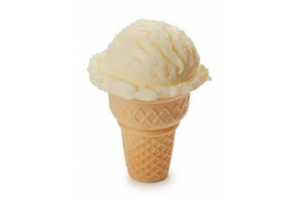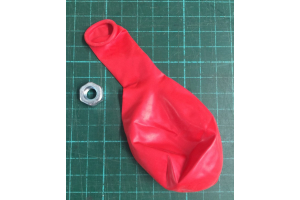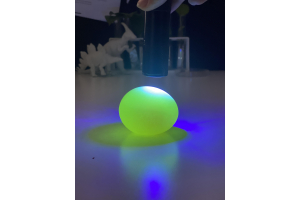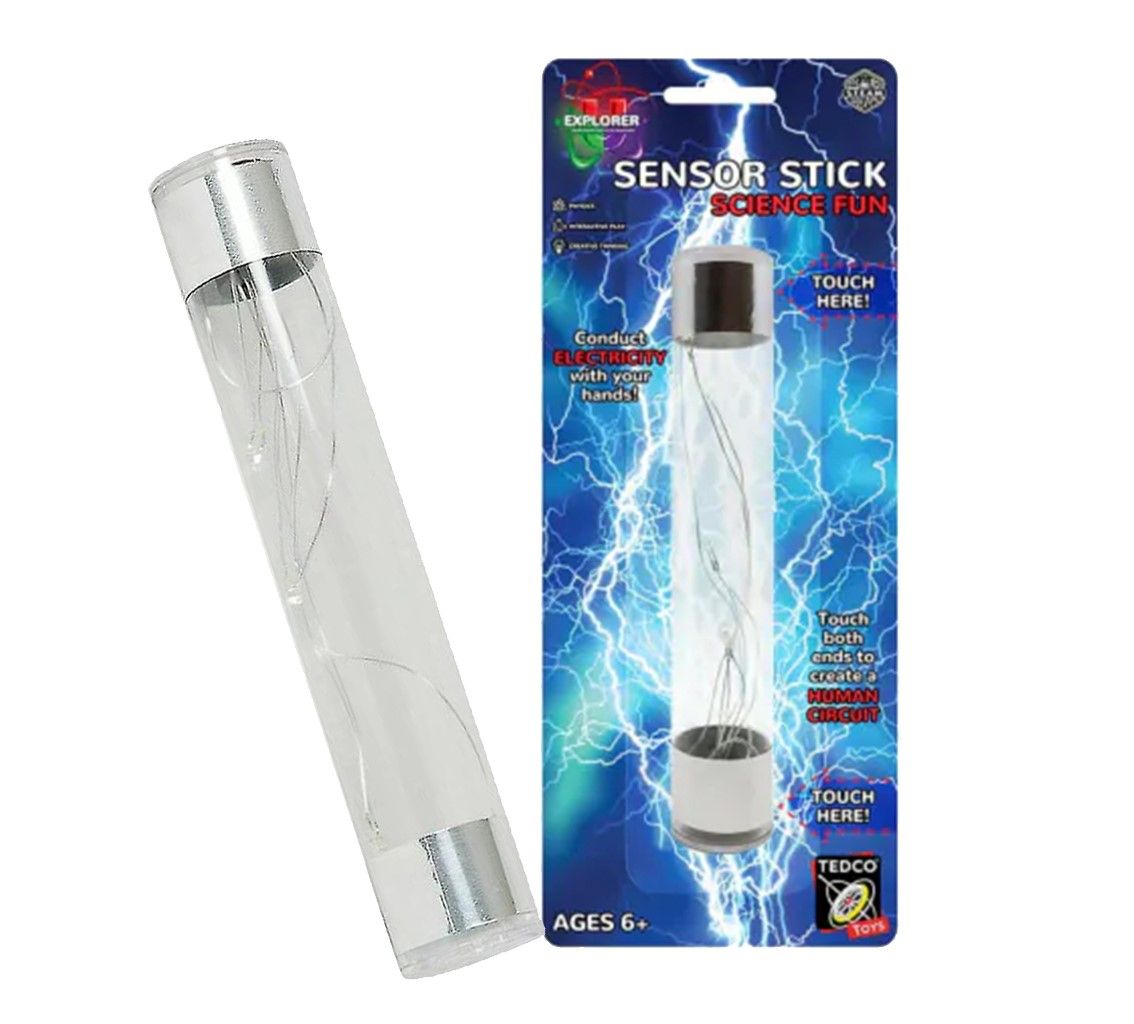Fizzy, Science Lemonade

Fizzy, refreshing lemonade that is full of science discovery!
What you need:
- 2 lemons
- Sugar or any sweetner
- Baking soda
- Water
What to do:
- Juice 2 lemons.
- Add an equal amount of cold water.
- Add one teaspoon of sugar or any sweetener you like, to taste. Use a spoon to stir it well until dissolved.
- Now for the exciting part! Add one teaspoon of baking soda and observe what happens.
- Add ice to make it cold.
Why is it so?
The reason this delicious science experiment creates a fizzy product is due to a chemical reaction that is happening in your glass. Lemonade (specifically the lemons) are made up of a type of chemical known as an acid. Acids have a low pH, like to donate their hydrogens and tend to have a sour taste. But in saying that- don't rush off to start tasting all chemicals for their acidic properties! This experiment is an exception of course.
When an acid, say lemon juice, vinegar or coke-a-cola comes into contact with a base (baking soda, toothpaste or mentos) it will undergo a chemical reaction and produce carbon dioxide gas. A chemical reaction is when you create something new (CO2) and it is irreversible (cannot get your original products back). This gas will produce bubbles, float to the surface, pop and make a fizzing sound. As you may know, carbon dioxide is the gas that is added to soda’s to give them their fizz!
Extend this thirst quenching experiment by leaving your drink aside for an hour and then re-tasting. Does it taste different? Is it still as fizzy? If not, why? What happened to the bubbles?









